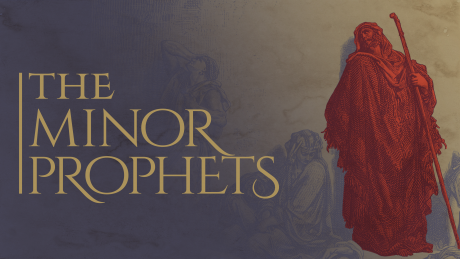As I stated in an earlier post, one of my professors has encouraged me to pick a language, Testament and genre in which to specialize. I have chosen to be a Hebrew Old Testament, Minor Prophets background specialist.
My two dissertation supervisors have a great debate between them concerning the Minor Prophets. If you have ever looked into Minor Prophet studies you’ll find an interesting truth. These twelve prophets are always in one scroll, thus often called “The Book of the Twelve.” (My major professor, however, does not believe that they should be considered as a single unit.) What is more confusing is the span of time which they cover. You might have heard the terms: pre-exilic, exilic and post-exilic prophets. These names are a reference to when the prophets spoke in relation to the Babylonian captivity.
The pre exilic prophets: warn of impending judgment
The exilic prophets: assure the people that God would restore them to the land.
The post exilic prophets: assure the people that God would deal with the restored community according to the same principles.
As seen in the below chart, this is problematic for the Minor Prophets are not in chronological order.
Chronological Order
|
Septuagint Order
|
Masoretic Text (Covenantal Ordering)
Covenant Sin
1. Hosea
2. Joel
3. Amos
4. Obadiah
5. Jonah
6. Micah
Covenant Punishment
(Day of the Lord)
7. Nahum
8. Habakkuk
9. Zephaniah
Covenant Restoration
10. Haggai
11. Zechariah
12. Malachi
|
All prophets contain the following elements:
- Warning of impending judgment because of the nations sinfulness
- Description of the sin
- Description of the coming judgment
- A call for repentance
- A promise of future deliverance
These elements are throughout every prophet’s work, but the focus points of sin, punishment and restoration gives the most meaning in grasping the structure of the text. As a covenant researcher, the concept of covenant being the literary backbone to the book makes more sense. After all, it was the breaking of the covenant which necessitated the Prophets’ job of calling for repentance.







